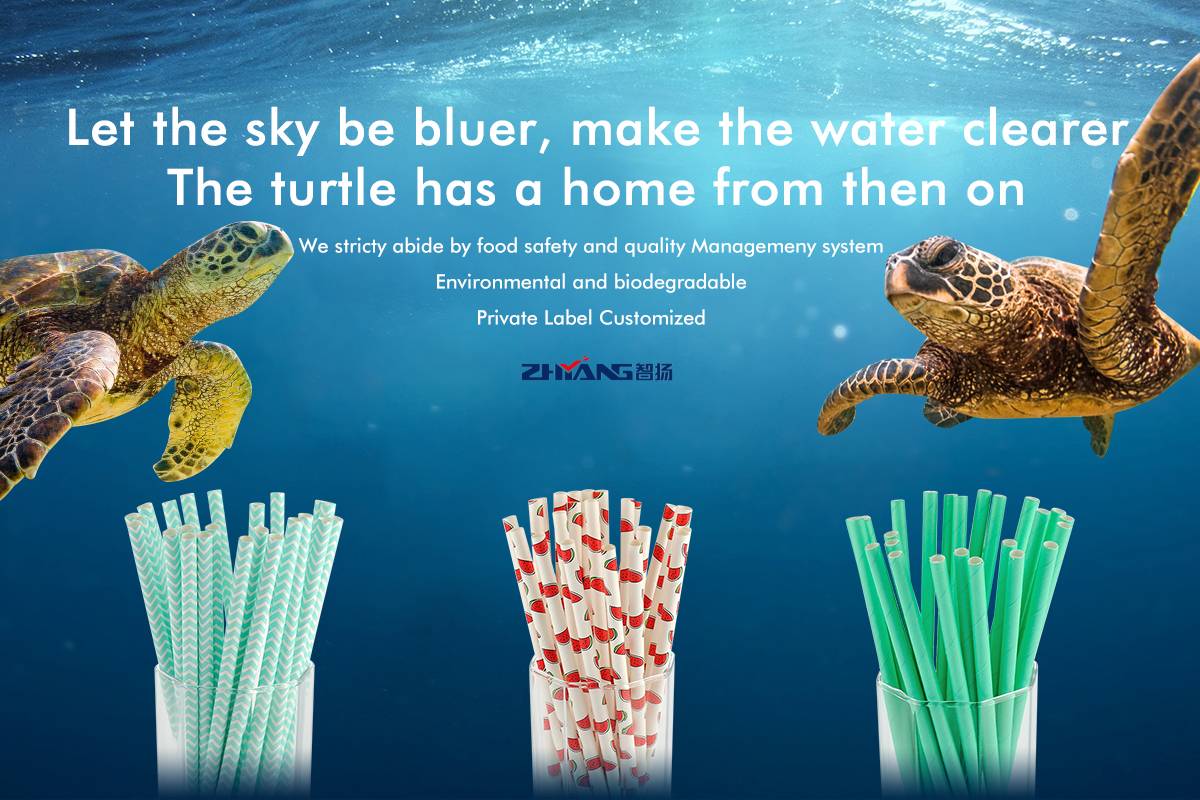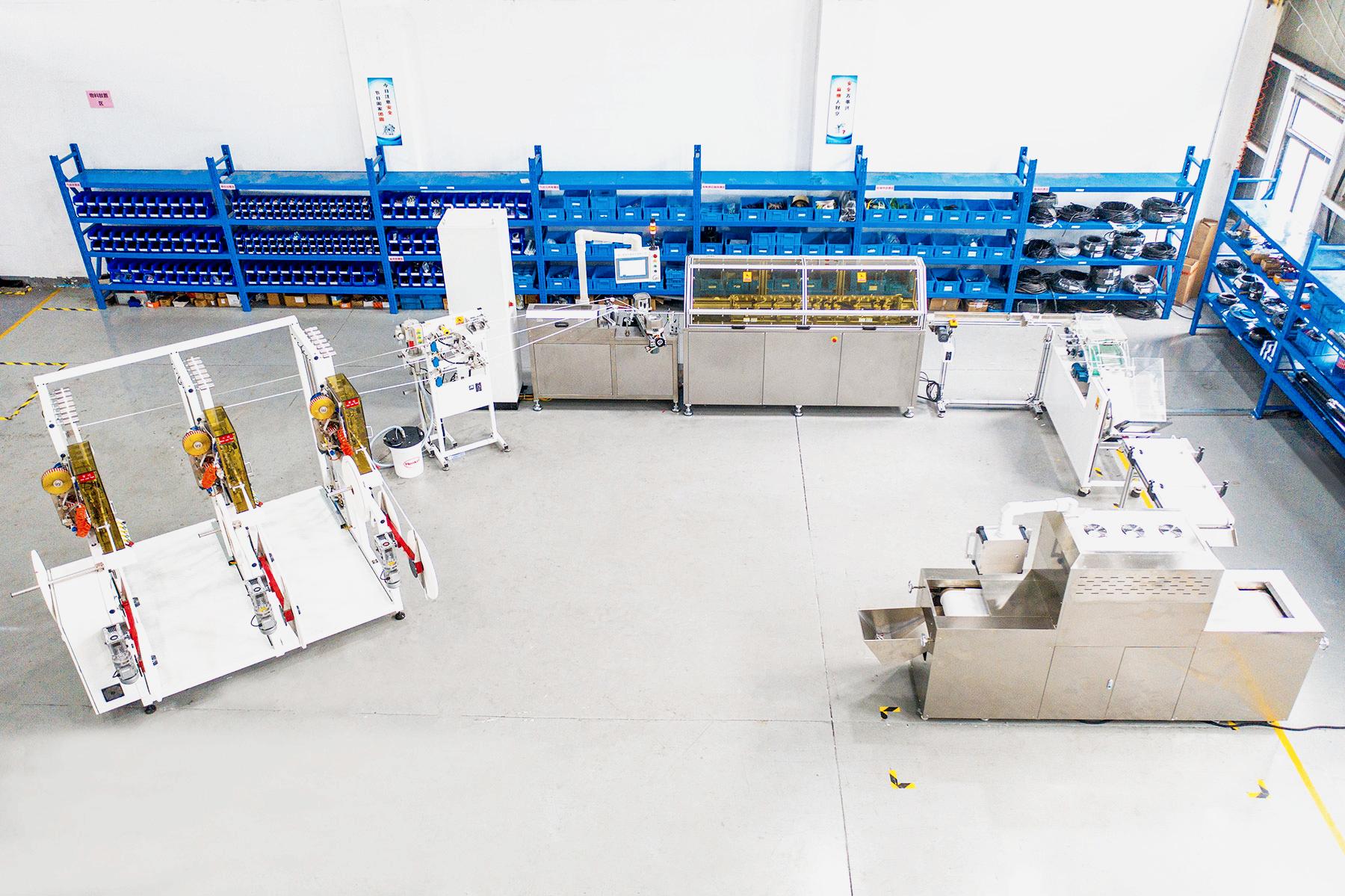The production of plastics has quadrupled in the past 40 years, such that it is a ubiquitous component of our lives - from packaging to electronics to construction. Bio-plastic products, such as those made from vegetable oils or wood chips, have been suggested as an eco-friendly alternative. But, it is unclear how this and other plastic mitigation strategies, such as recycling, could impact these greenhouse gas (GHG) emission trajectories. Recently, a team of scientists from the University of California, Santa Barbara's Bren School of Environmental Science and Management conducted the first ever life-cycle assessment of GHG emissions from plastics.
The study specifically analyzed the life-cycle of 10 conventional plastics and five bio-plastics after the application of different mitigation strategies including recycling and renewable energy. The researchers found that plastics fabricated from fossil fuel resources made up nearly 4 percent of GHGs in 2015 and could comprise over 15 percent of carbon-based GHGs by 2050.
According to the study, if all plastic waste is incinerated, 22 percent more plastic-derived GHGs will accumulate in the atmosphere over the next 30 years. In contrast, recycling all plastic waste will decrease the amount of GHGs from plastic by 25 percent over the same timeframe. Further, while bio-plastics could play a significant role in reducing GHGs, it would require major changes in infrastructure at regional compositing and recycling facilities.
Additionally, the researchers found that polyester, polyamide, and acrylic fibers which are found in many clothing items, made up the greatest proportion of GHGs throughout the plastic production cycle. Not only do these fibers contribute to our carbon footprint, but they also frequently enter our waterways and cannot be broken down, regardless of whether they are in fresh or salt water. According to the International Union for Conservation of Nature, these fibers make up 35 percent of all microscopic plastics in the oceans. These plastics are even being consumed by marine organisms, including the shellfish we eat.
Ultimately, plastic-based GHG production in 2050 could be on par with 2015 levels if renewable energy and recycling increased while reducing global demand for consuming plastics simultaneously decreased.
"While the impacts of plastic’s life cycle on climate are important, its impacts on the health of marine life, and human health, are equally important, and are not factored into this analysis," says Jacqueline Savitz, Chief Policy Officer at Oceana, "Fortunately, the solutions that make the most sense for greenhouse gas reduction — renewable energy use and reduction in projected demand — also have the greatest potential benefits to marine life."
https://www.forbes.com/sites/priyashukla/2019/04/28/plastic_climate_oceans/#5e61d0b45657





